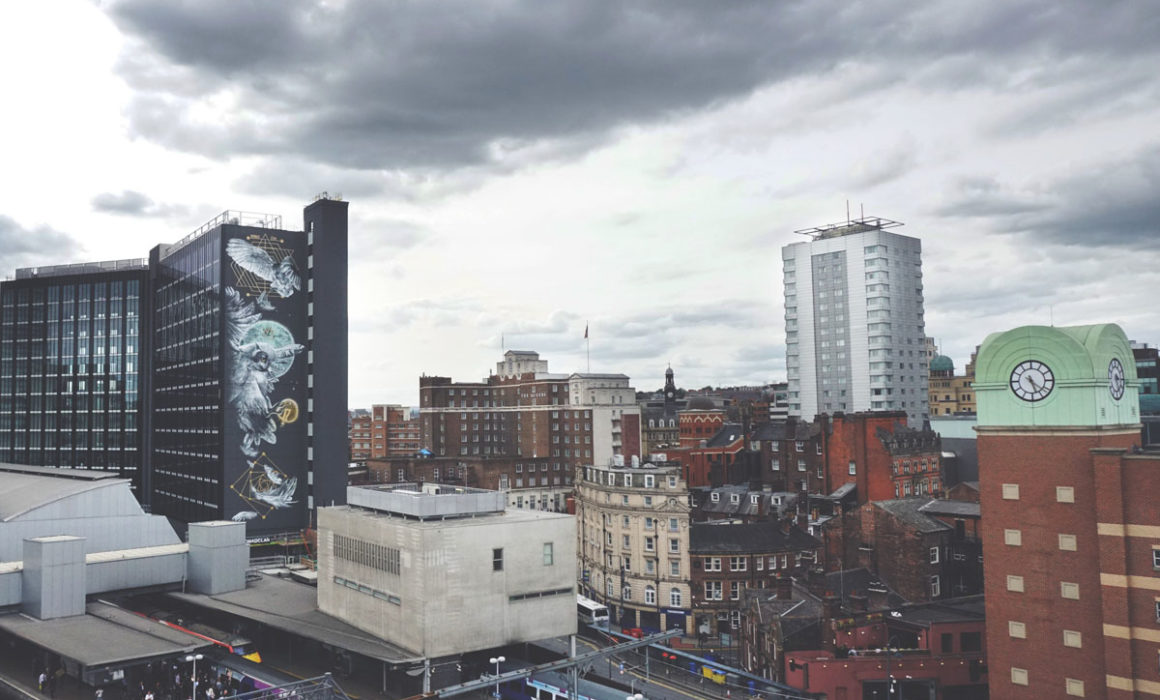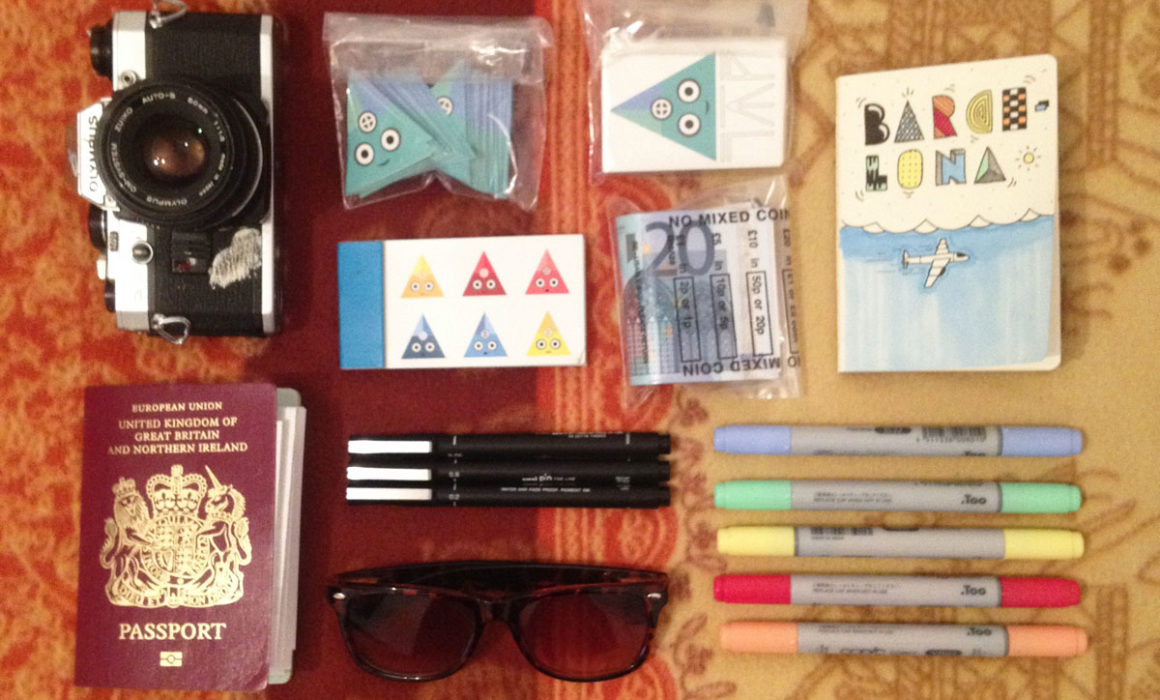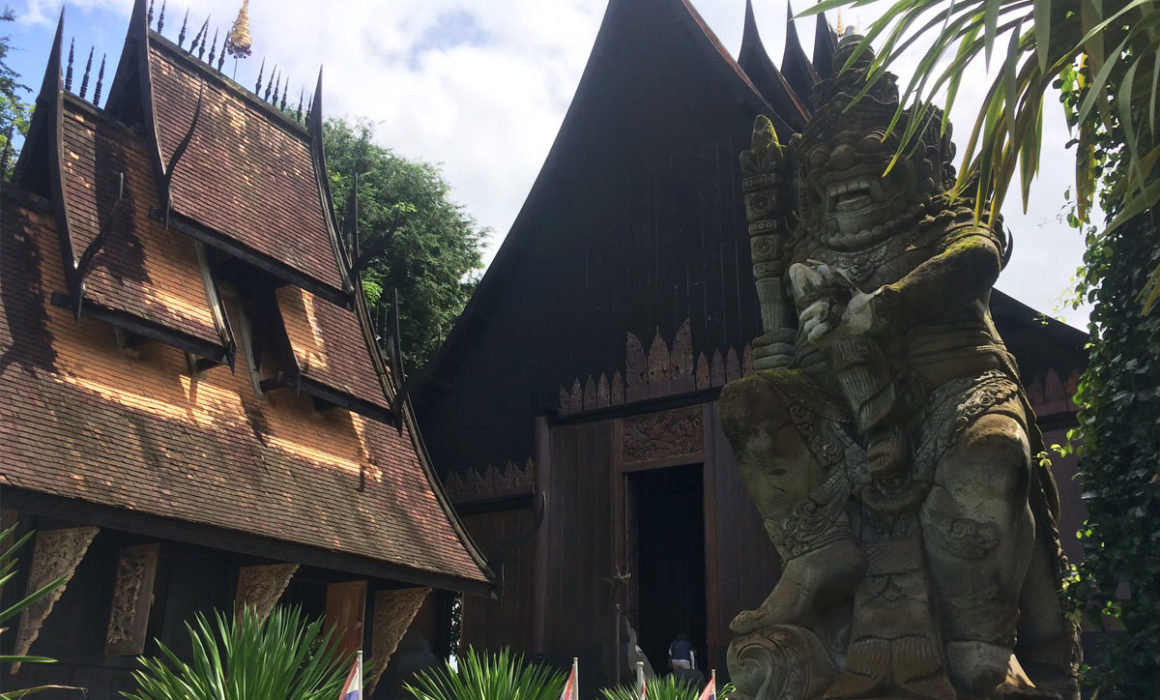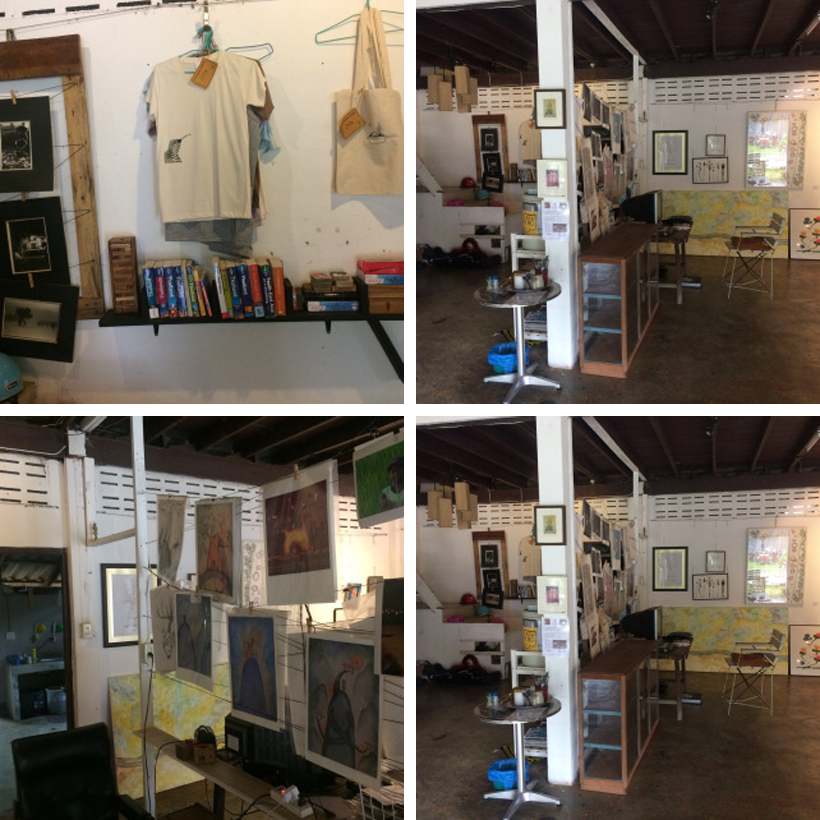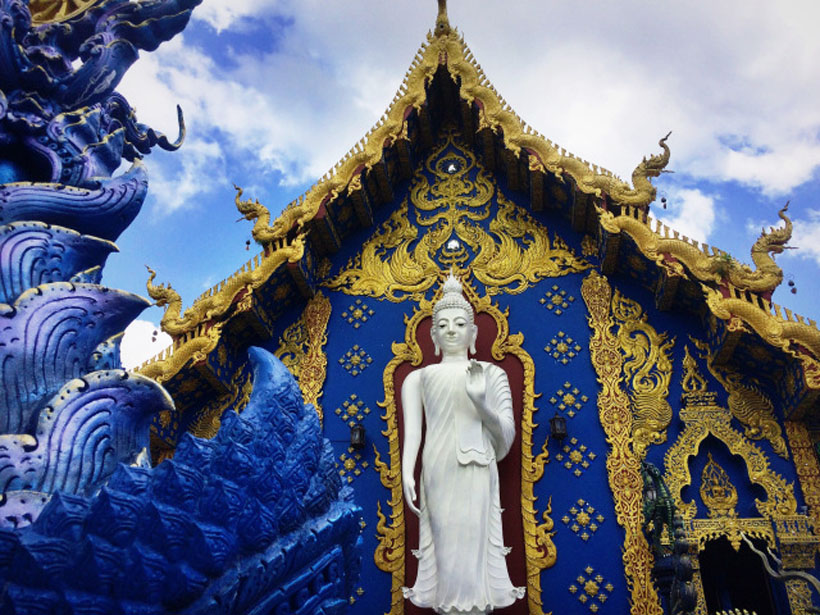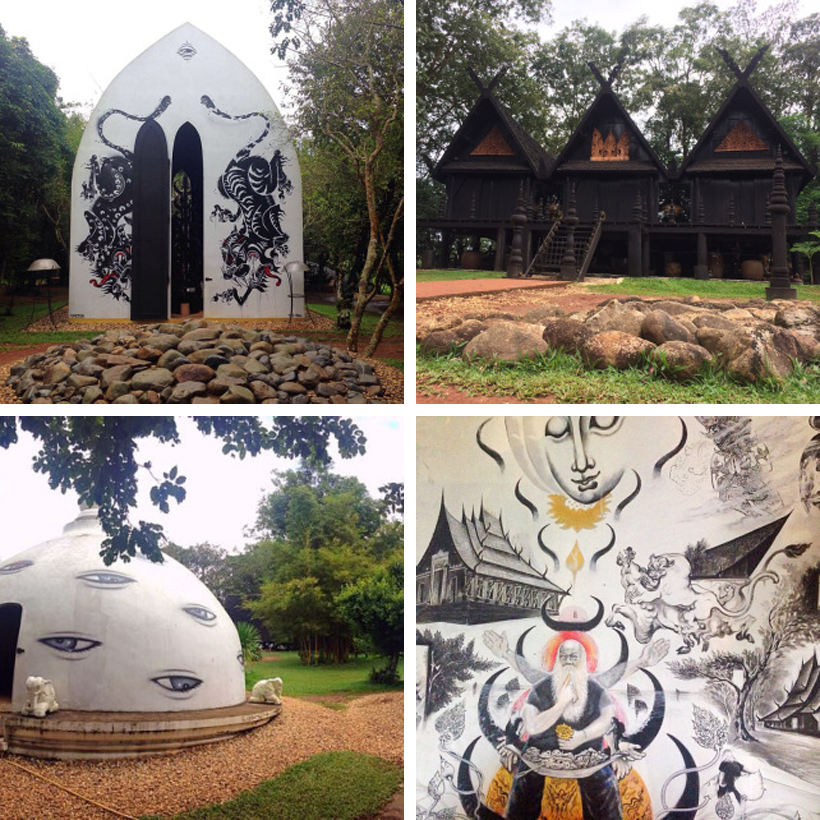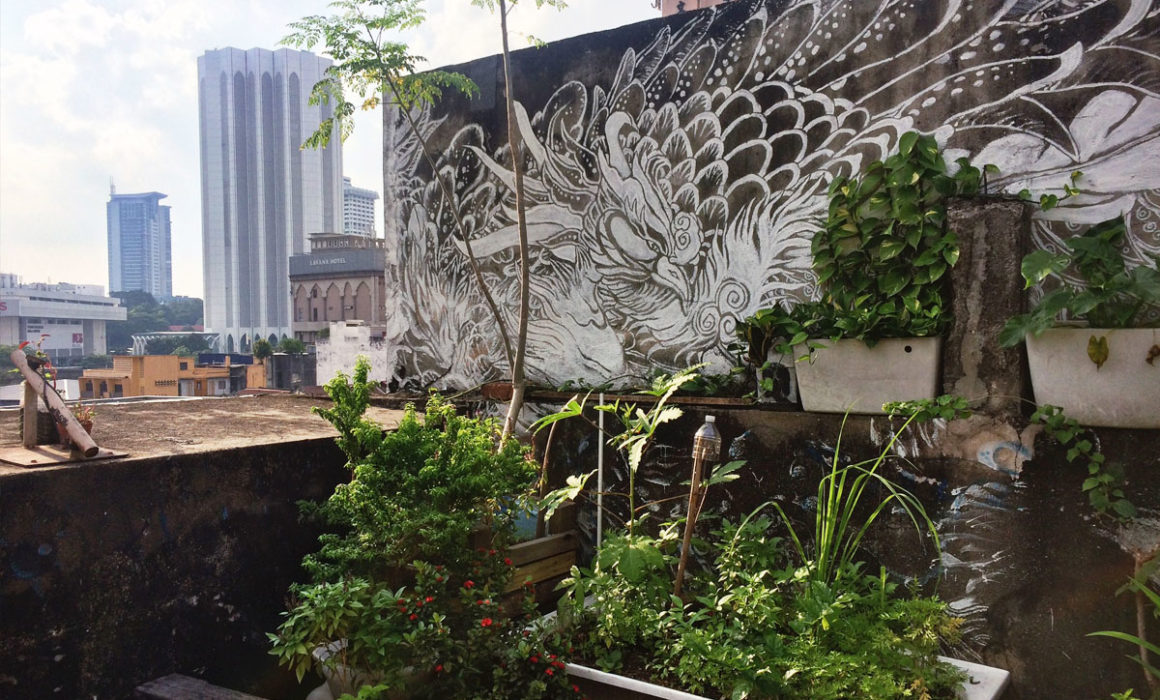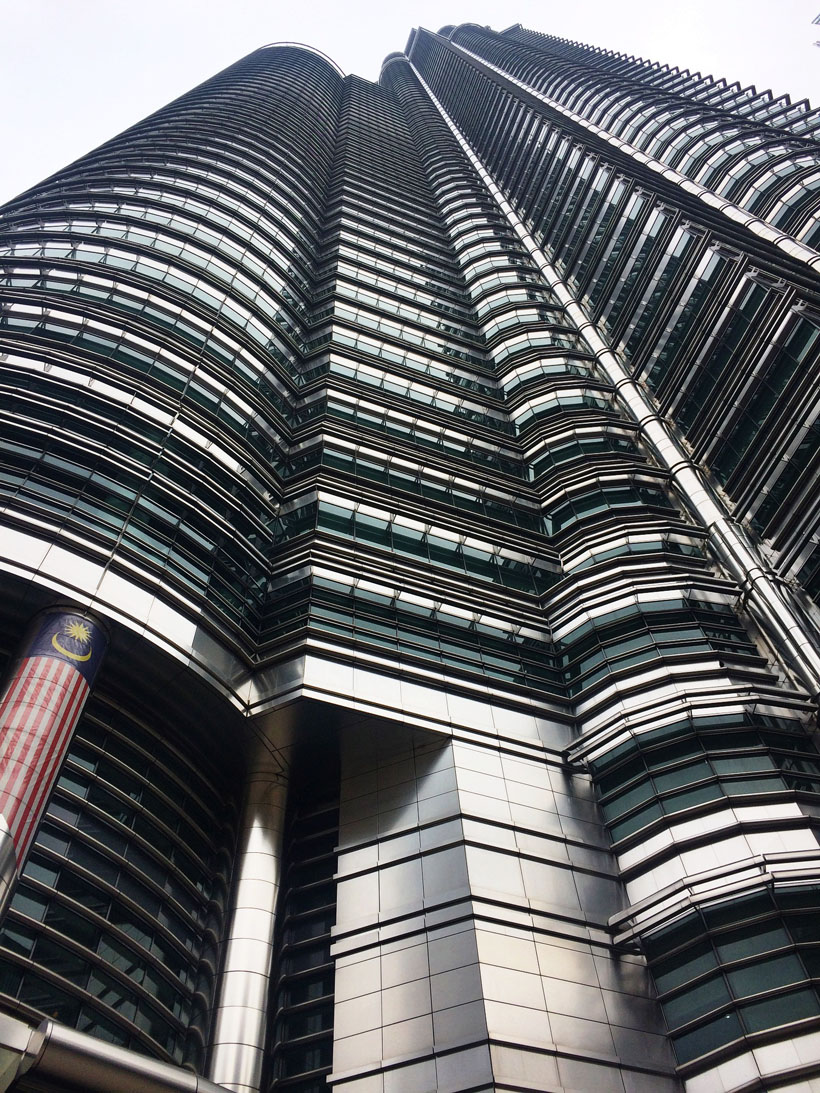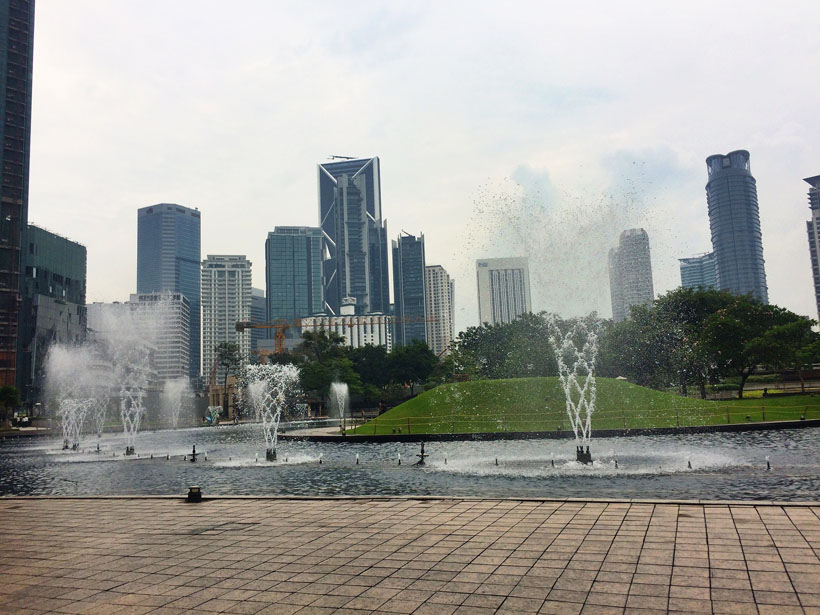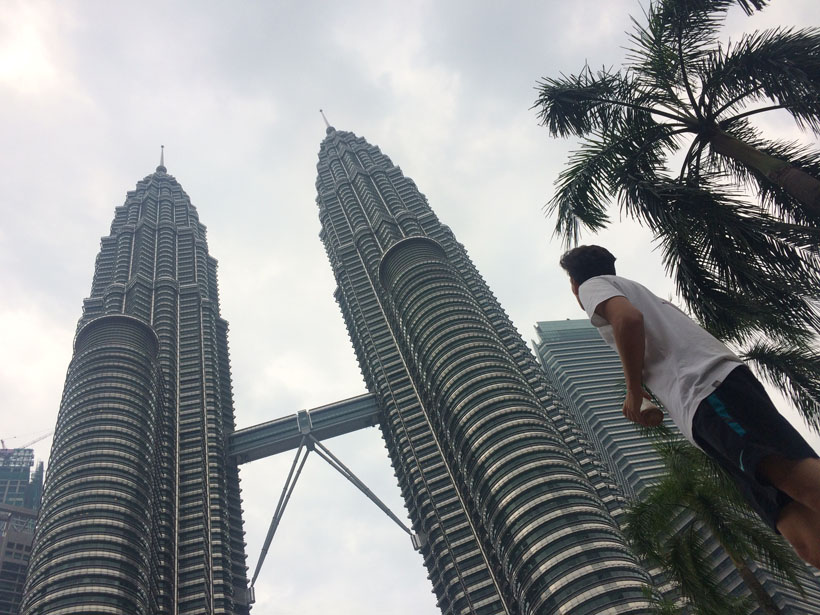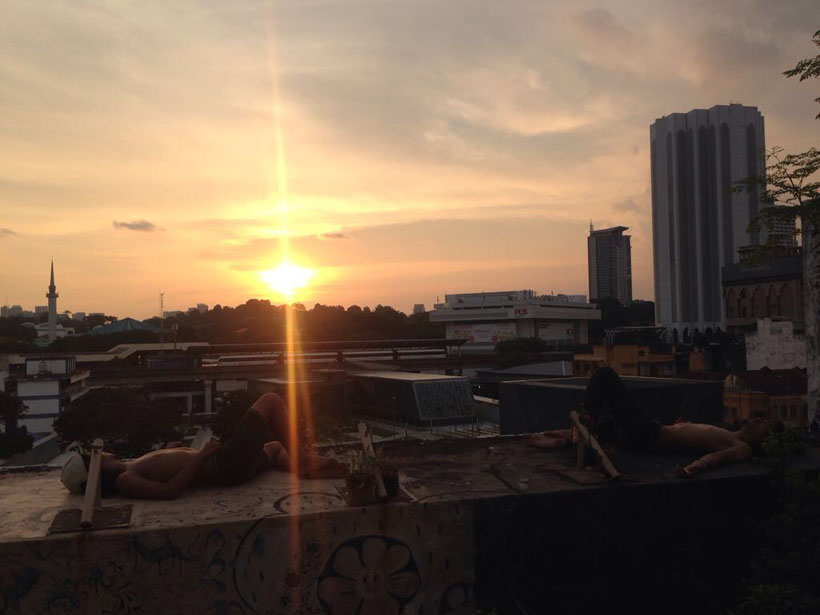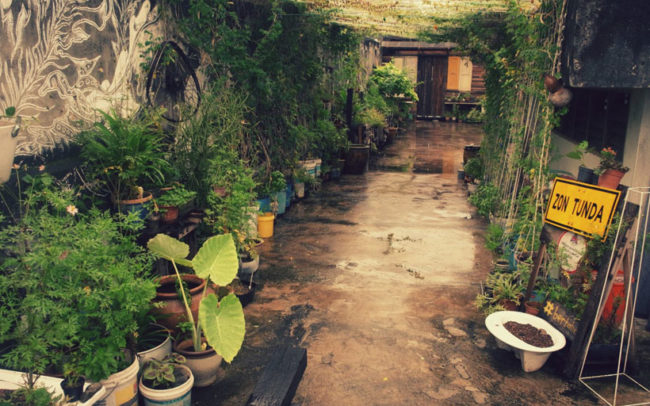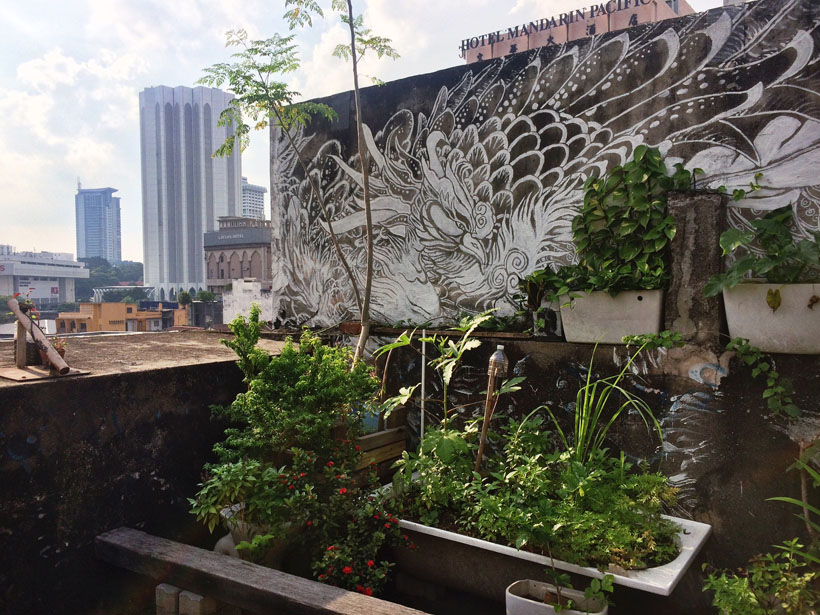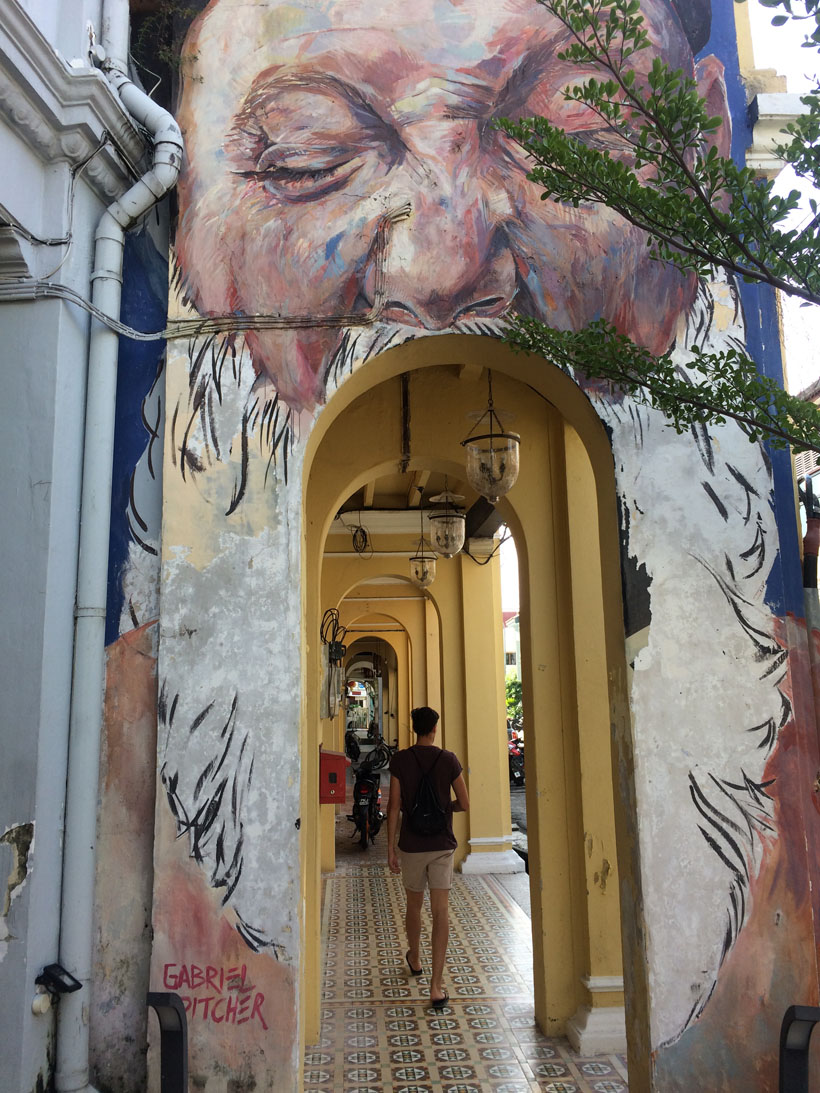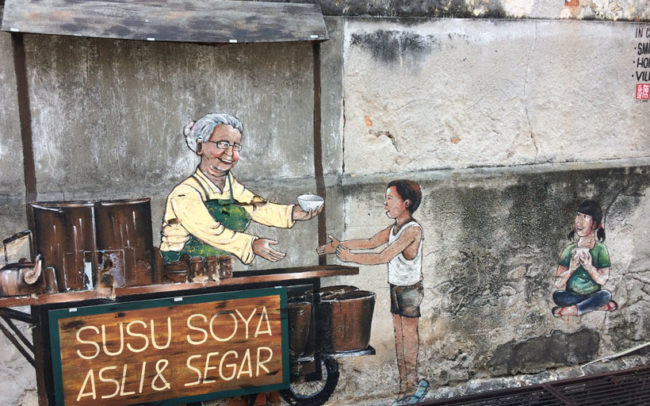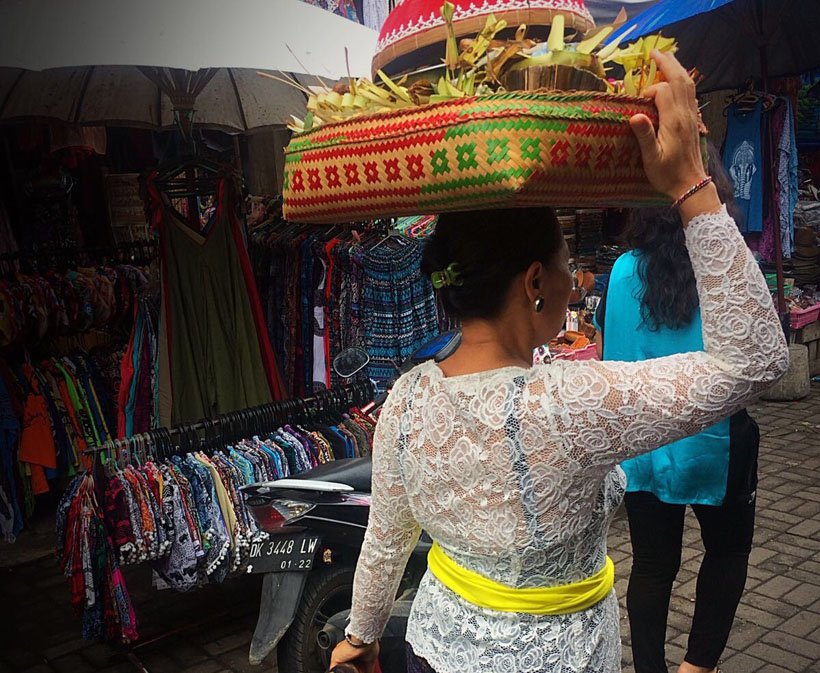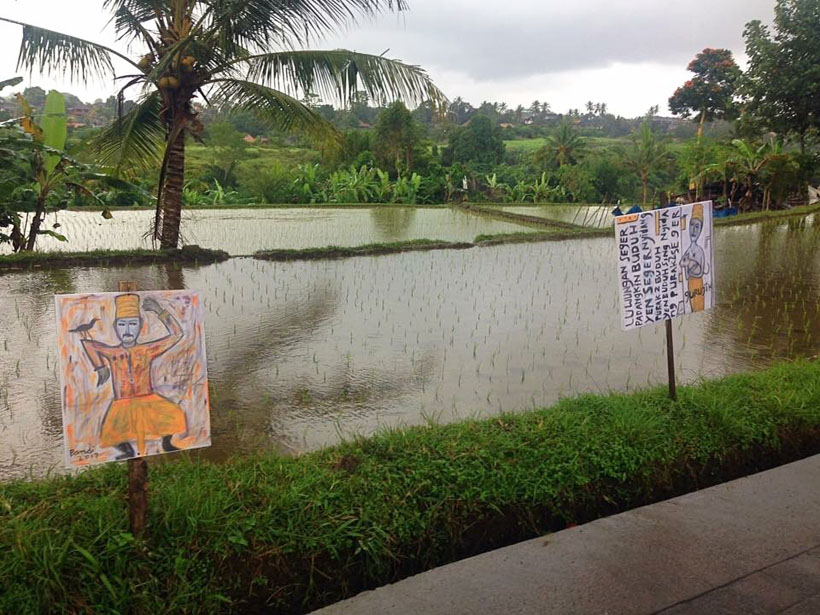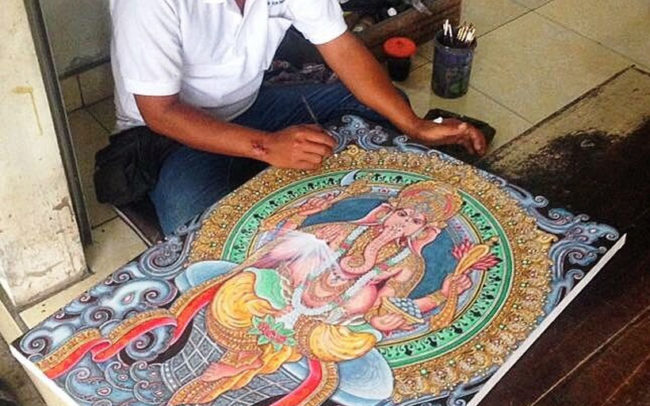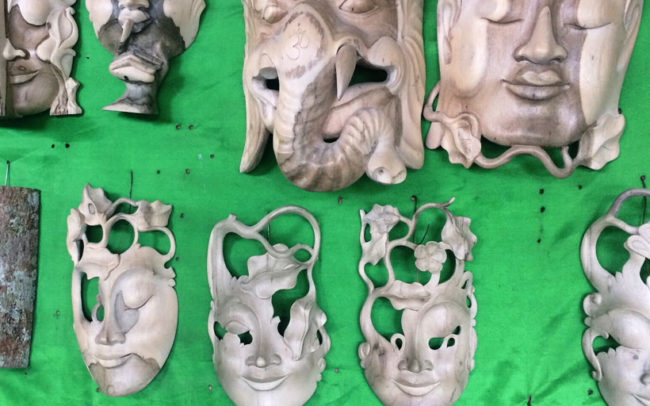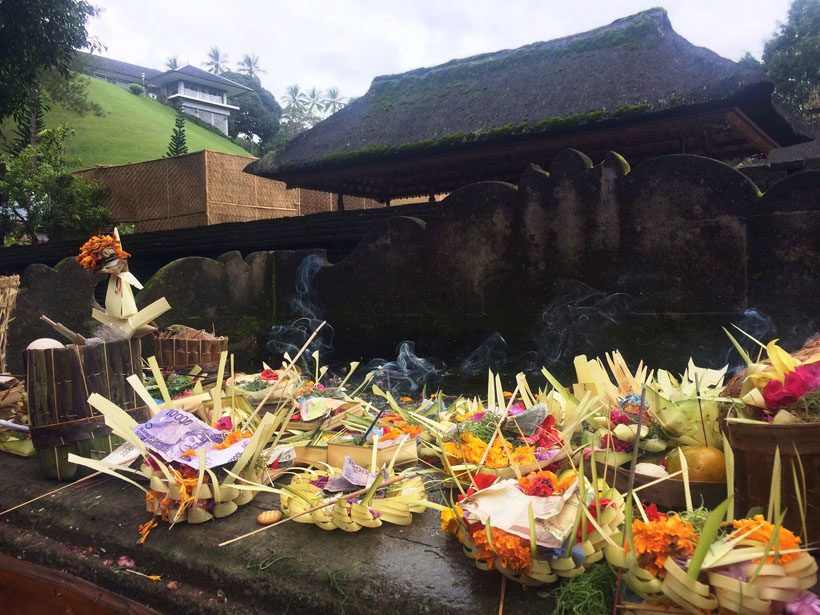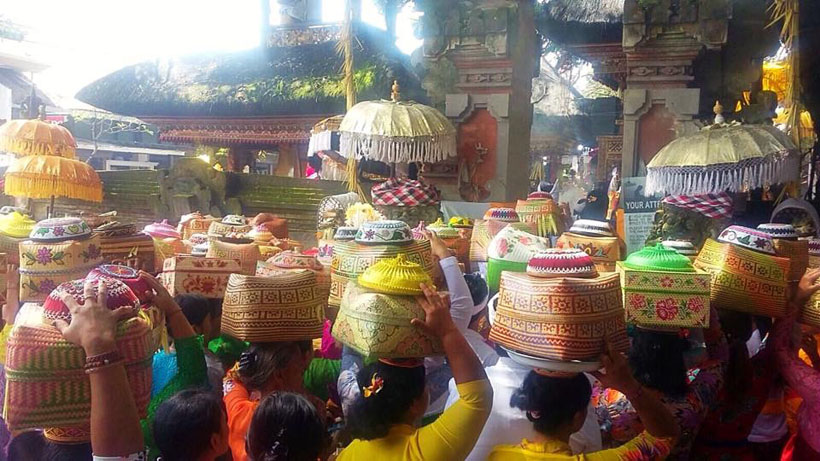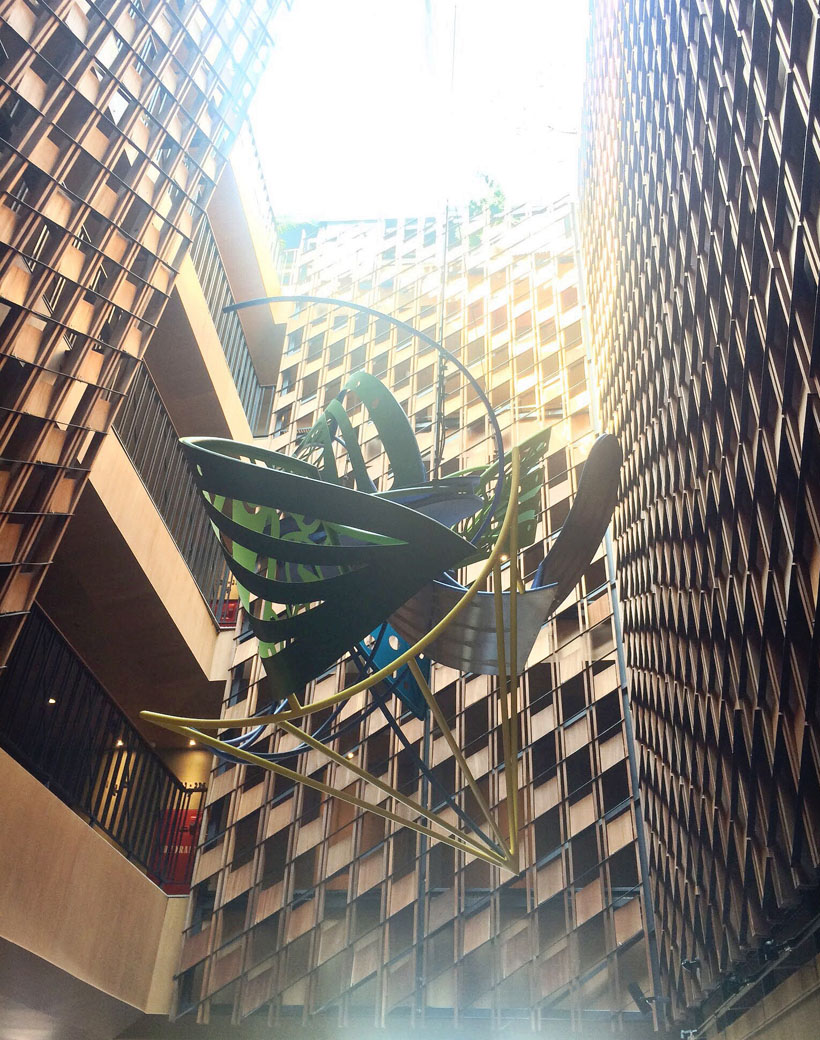The insiders’ guide to Leeds
Whether you’re visiting Leeds or a resident in the city, there is lots to see and do that you may not know about. Luckily for you, we’ve got the skinny and we’re ready and willing to let you into a few secrets in our super insiders’ guide to Leeds. But keep it to yourself, yeh?
Books, books, books
Looking for something with tonnes of history that will look awesome on your Instagram? Look no further than The Leeds Library. Hidden above The Co-operative Bank and Paperchase on Commercial Street (the main shopping street), the little library is more like a little TARDIS (see Doctor Who) of culture. It’s open to the public between 5-7pm on a Thursday so it’s your prime opportunity to pay a visit. Find out more, here.

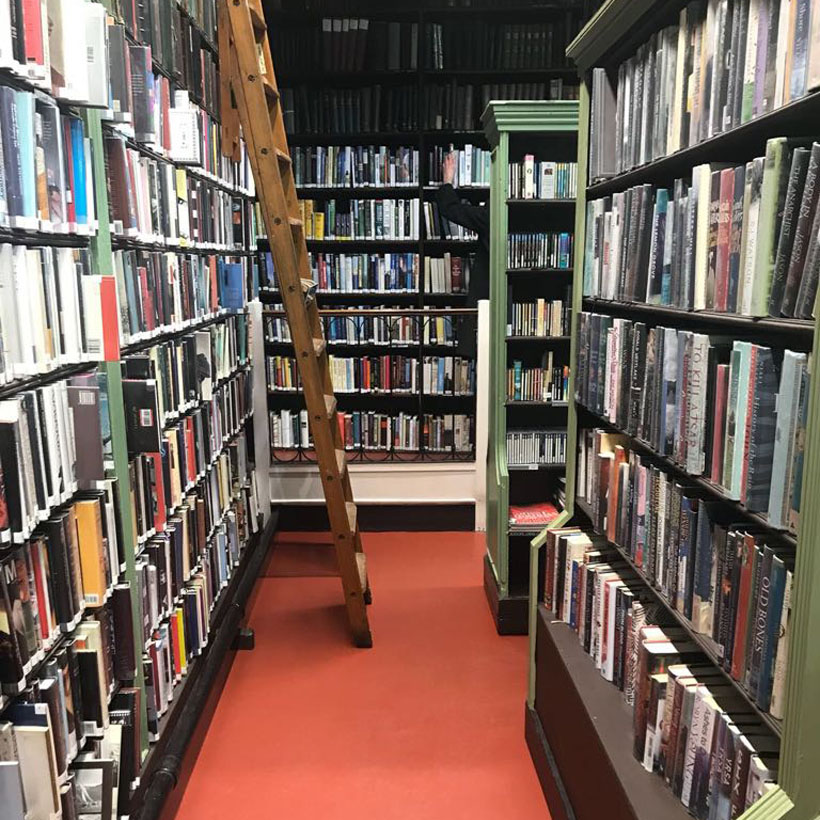
Down on Dock Street
One of Leeds’ most beautiful streets can be found at the bottom of the city. Head over the bridge to Brewery Wharf, turn right and you’ll find yourself on this lovely little “snicket”, with cobbles and beautiful bricks to boot. Cha Lounge is the best spot for a coffee or a spot of lunch and you can get your beer on at the Adelphi which is just a hop, skip and a jump away.
While you’re there, make sure you get a few snaps in the Monet Garden and the Mene Mene signpost. You may well spot one of the famous yellow Water Taxi’s too!
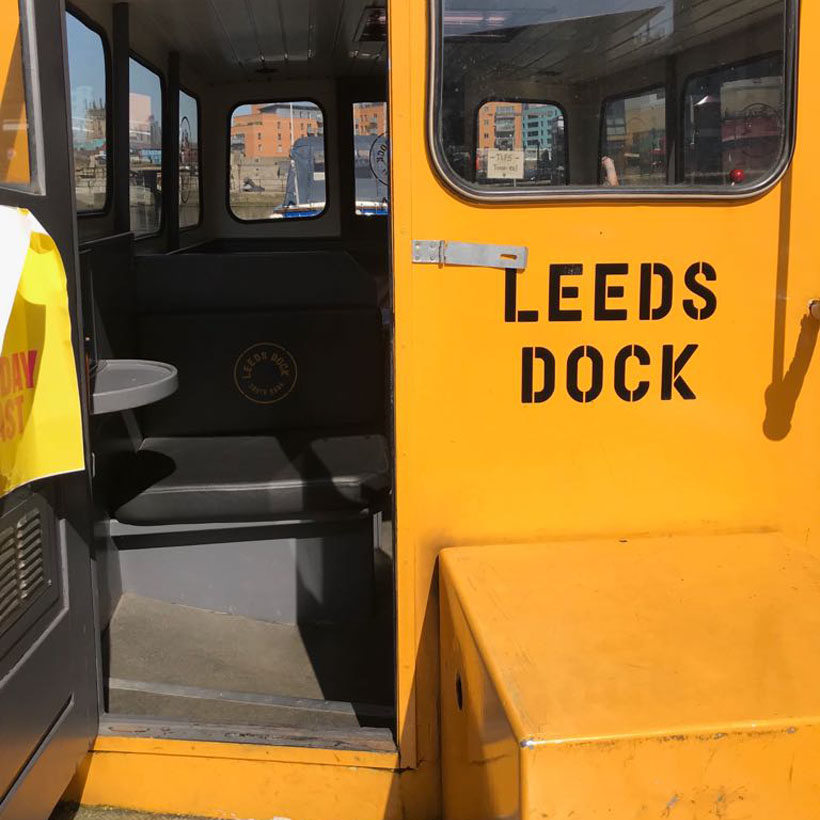
A City Less Grey
Fancy going on a bit of a public art hunt? You won’t have to wander far to see some excellent examples. The award winning project, A City Less Grey, comes from East Street Arts and LeedsBID. The collaboration commissioned some talented artists to create public artwork to bring the city to life! Head up Kirkgate (home of the hostel) and you’ll see Joe Dickinson’s piece on the hoarding at the top of the road. Find out where the others are, here.
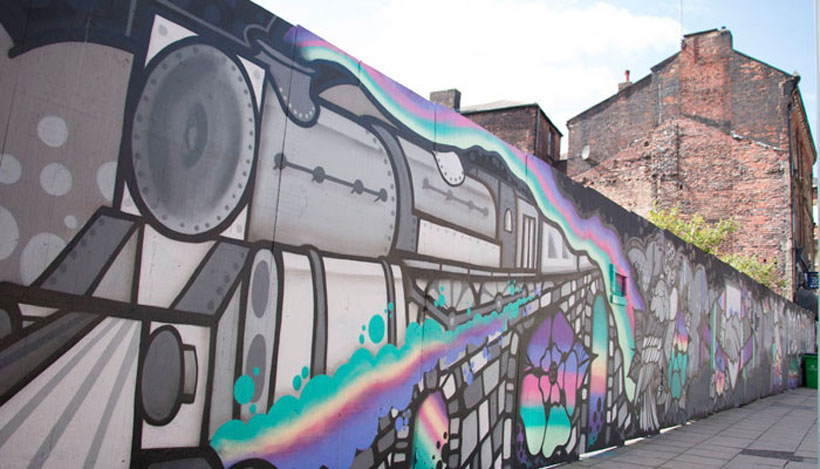

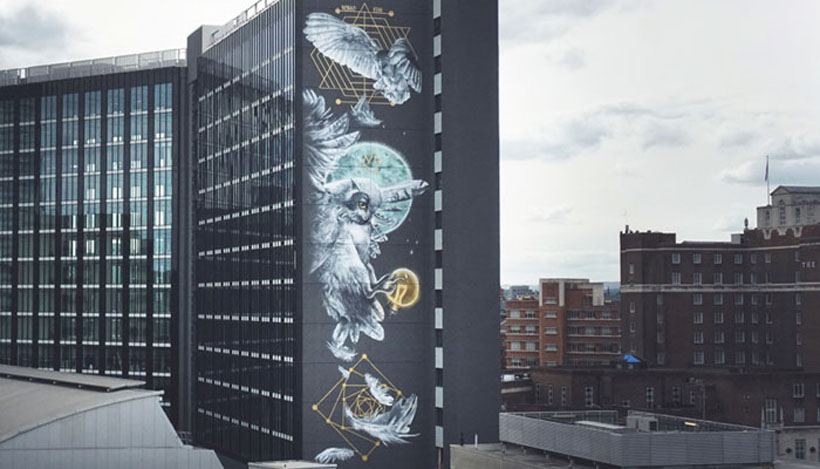
Getting around
We’ve mentioned it once, but we’ll say it again…the Water Taxi! It’s free! It’s yellow! It’s fantastic! What else could you want? Hop on at Granary Wharf and head down to Leeds Dock to visit the Royal Armouries (also free) and have a coffee at North Star.
Our other little tip will help you getting to and from the airport. Don’t stand in the taxi queue once you’ve made your way through arrivals. Order an Uber to the nearby Travelodge or catch the 757 bus. The latter will get you into town on a budget and the former will save you a quid or two. It may even boost your star rating as well!
Found Fiction
Started in Leeds, Found Fiction is an underground literary phenomenon. If you spot a little brown envelope in an unusual public spot and it has the words “read me” or “confidential” on there with two red “F”s, you’re in for a treat! Short fiction left around the city for people to find, read and pass on; what could be better? We suggest you keep your eyes peeled!

Hiding in Hyde Park
If you’re into film then you really should head across the Hyde Park to visit the beautiful Picture House. It’s like stepping back in time and you can get popcorn as a reasonable price too. In November, the little cinema hosts a large amount of the International Film Festival programme but there’s loads of events on during the year which you can enjoy too. It rains quite a lot in Leeds, so it’s one to keep up your sleeve for sure.
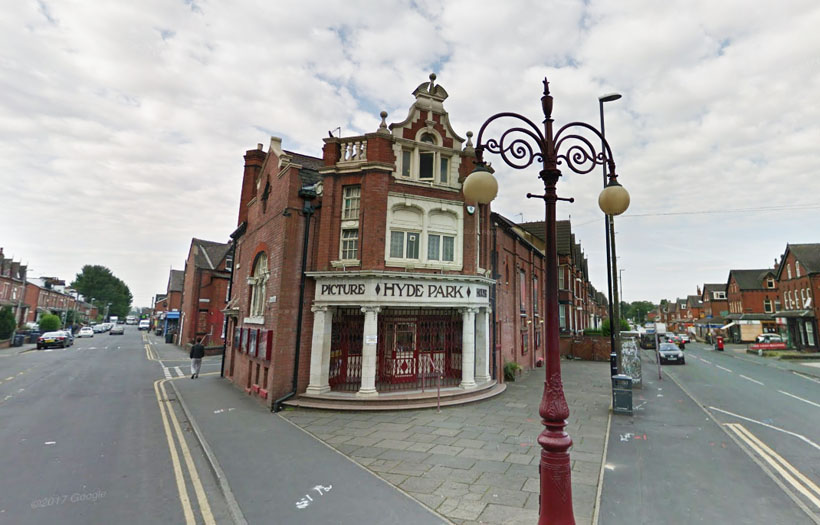
That’s just a whistle stop tour of some of our favourite things about Leeds. What’s your insiders’ guide suggestion?

